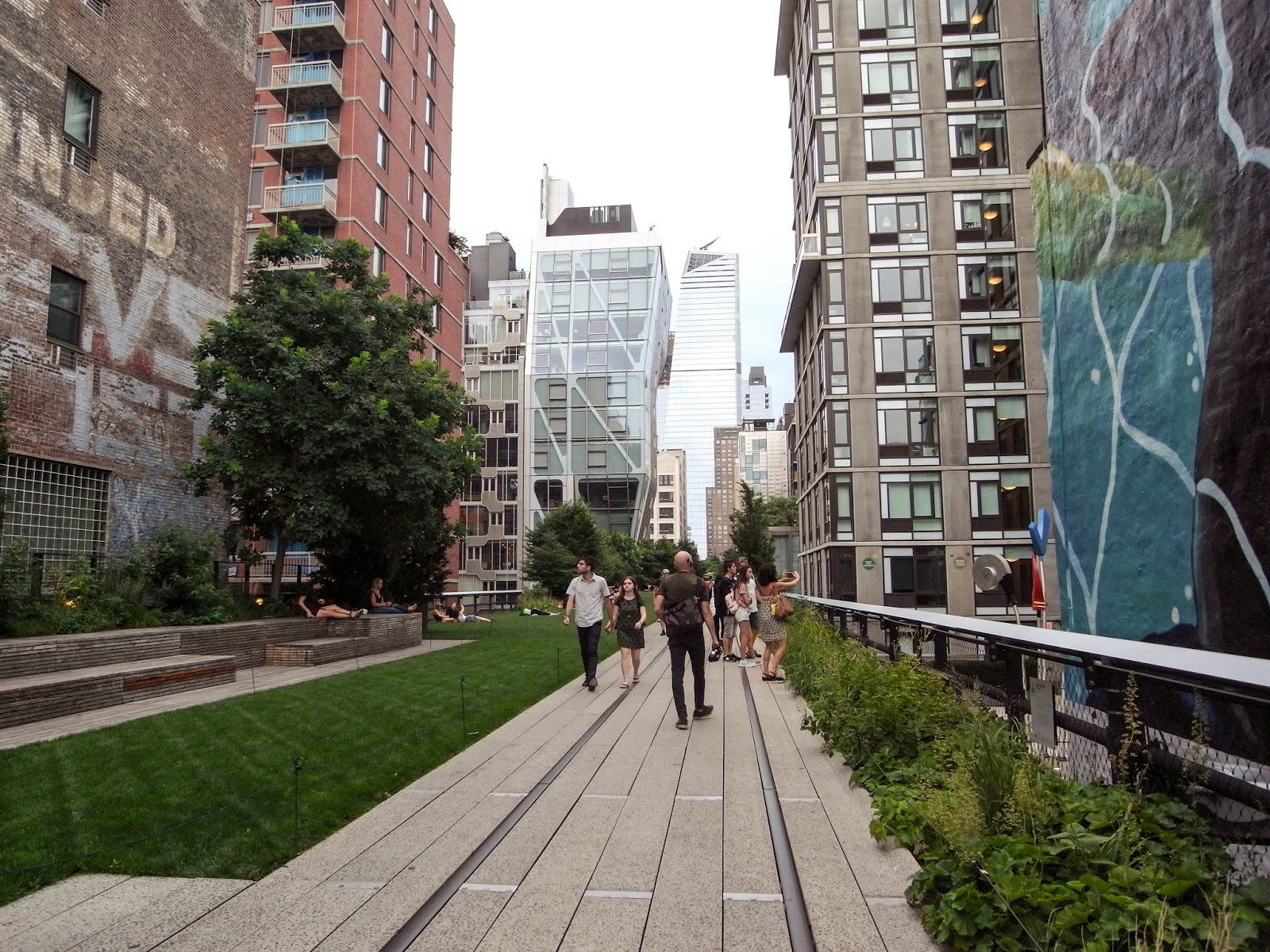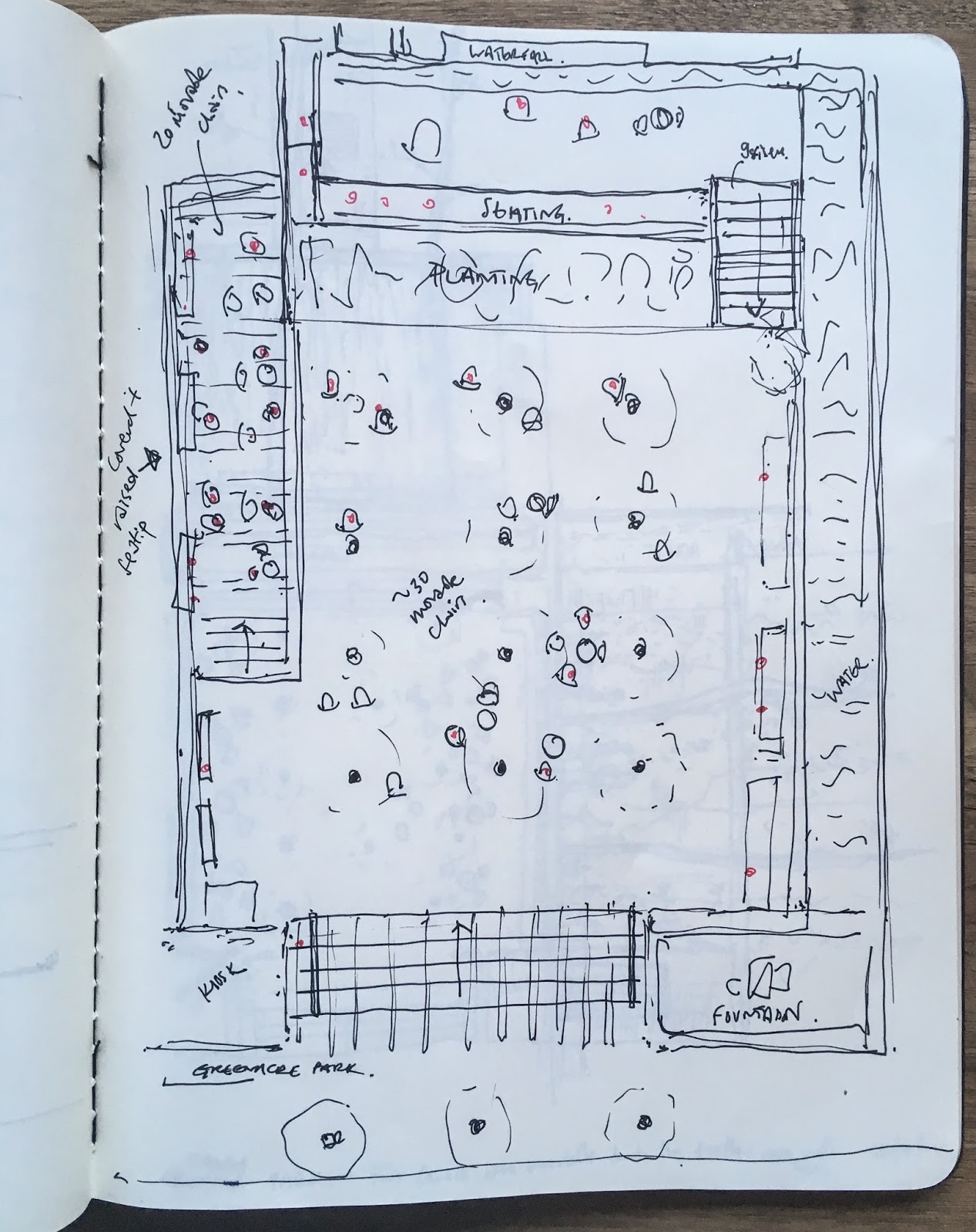I happily gave all that up a year ago when I stopped working in practice; between then and now (besides my university jobs) I have variously worked at home, at other people’s homes, and at the local library, each with increasing inefficiency. I’ve never had a studio but I recently reached a natural state of understanding why people get them for working on their own shit. It’s not just about space. It’s not just about seeing other people and it’s also not just about unlimited wifi or not wanting to have the heating on at home during the day. It’s all of those and a bit more. It might be that paying for space makes you more motivated to use it. Well it is partly that, but also that the brain, my brain needs a clearly designated Place of Work...
So here I am in a studio at the other end of the Victoria line out in Tottenham, joining a group of fellow architects also trying to ‘make it’ on their own terms. The other thing that unites us is that we all travel further out from Hackney, Homerton, Archway and Green Lanes where we live, to get here, our place of work. I locate the studio on my old Premier Map of London, it is just within the frame of the survey, a few roads (or short car ride) away from being cut off entirely.
 |
| The studio, at the edge of London |
I don’t know this part of London well though it has a familiar city fringe feel...larger supermarkets, bigger roads, bigger terraces all with parking out front, cars cars cars signalling the suburbs beyond. My studio is in a warehouse (natch), actually more like a collection of warehouses, and not just shells of another use and time since there remains an abundance of noisy, smelly light industry here butted up against rows of terraces.
 |
| Housing up against light industry |
I needed to supplement my meagre packed lunch, in lieu of a corner shop I took a walk to the local Lidl nestled in a retail park. Such places are simply not designed to be approached by foot; active frontage or enticing shop window forget about it and there actually isn’t a logical footpath from pavement to shop, instead I picked my way across a vast and crowded car park to reach the sliding front doors. There were more shops within the forecourt than I’d expected; I hadn’t seen any signs before entering, but then any advertisements wouldn’t have been for me on foot but for those on wheels.
Around 40 years ago, these parts of the city were the logical place to stick single-storey, single-use shopping containers, their forms have a kind of relationship with the neighbouring industrial sheds, I suppose, but arranged around slack forecourts designated for the car, not the body and certainly not the eye, these enclaves suck the urban-ness right out of a zone that is hinter-, not actual, suburbia.
So I travel away from the centre of London to work and the city spreads outwards too, of course, but increasingly with intent and not in the manner of sprawl which implies a kind of thinning of the quality of city. I am still in London, I don't travel to a desk in the suburbs. With me, and this phase of expansion, a mix of use, activity and scale will also flow outwards, reinforcing the edge, as it were, against the suburbs leaking in.

















































